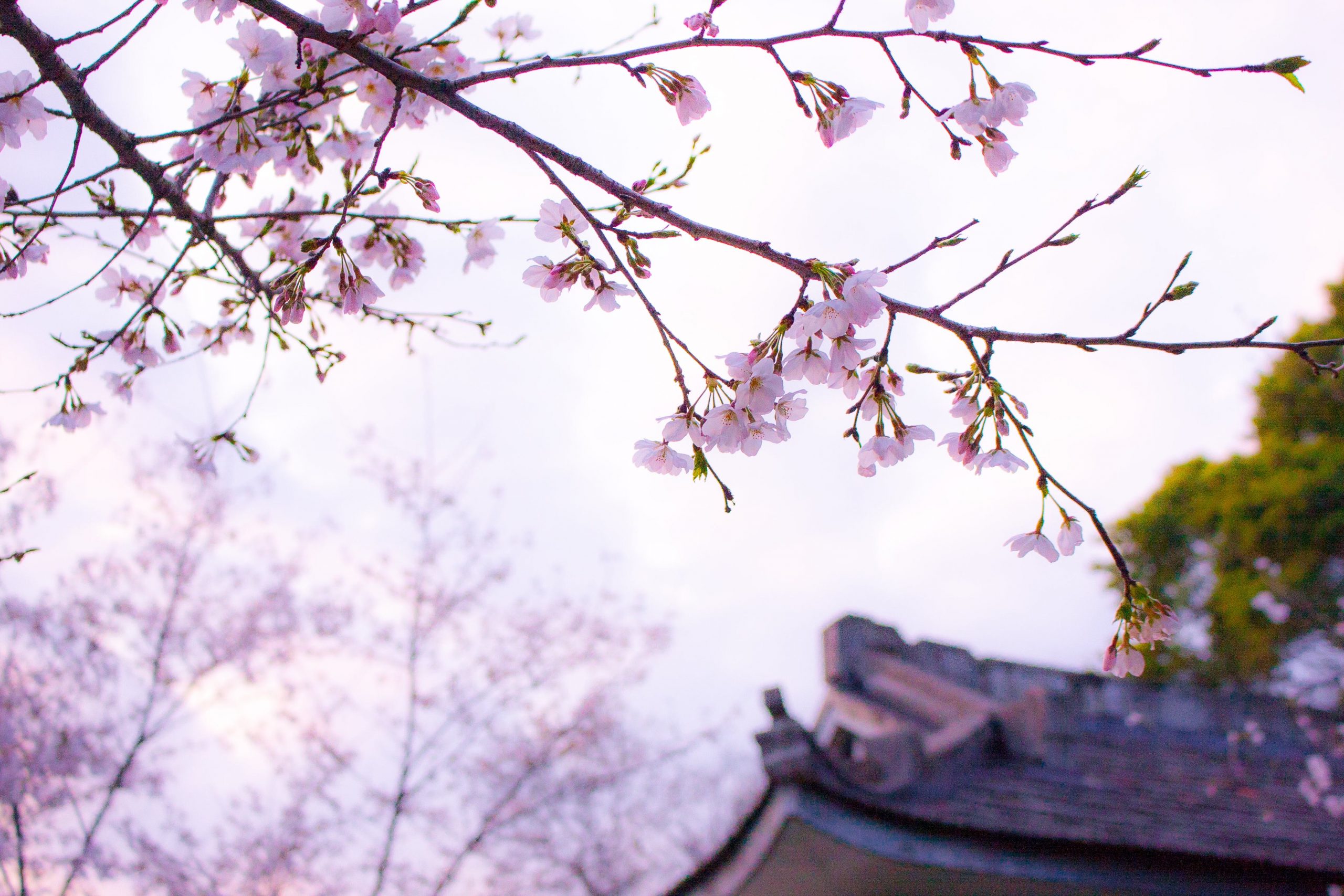At the white belt level the student should learn intent.
Although the student may not be able to perform the techniques exactly, he or she should begin to understand their purpose and to manifest that understanding.
One does not do the movements as tricks nor just for exercise, but rather each movement has a meaning as an attack or defense. The white belt student should learn to perform the techniques as if really attacking or defending. The facial expression and focus in the eyes should show concentration and an understanding of the purpose of the movements.
Kihon
- Kihon no tsuki | Basic Punches
- Sonoba-zuki
- Jun-zuki
- Gyaku-zuki
- Jun-zuki no tsukomi
- Gyaku-zuki no tsukomi
- Kihon no keri | Basic Kicks
- Maegeri: chudan, jodan
- Mawashigeri: chudan
- Sokuto: chudan
- Kihon no uke | Basic Guards
- Jodan-uke
- Gedan-barai
- Soto-uke
- Uchi-uke
- Shuto-uke (in Cat Stance)
Kata
- UC Berkeley Basic Kata, #1 – 5
Kumite
- Kiso Kumite, #1 and 2
- (yellow belts only) Jiyu Kumite
Karate Terminology / Vocabulary
- Dojo – Practice hall
- Karate gi – Karate uniform
- Seiza – Kneel
- Rei – Bow
- Shomen-ni rei – Bow of respect for the dojo and the activity of Karate
- Sensei-ni rei – Bow of respect for the teacher
- Yoi – Ready, get ready
- Yame – Stop or finish, return to ready position
- Naore – Return to attention position
- Hajime – Begin
- Mawate – Turn around
- Mokuso – Meditate
- Kiai – Yell
- Kyu – Class, ranking
- Kata – Pre-arranged form
Other Skills & Knowledge
- Standing bow
- Kneeling
- Kneeling bow
- Wearing a Karate gi
- Tying a belt
- Basic etiquette and protocol
- Warming up (individually)
- Counting to ten in Japanese
- Basic practice responsibilities (such as sweeping the floor)
